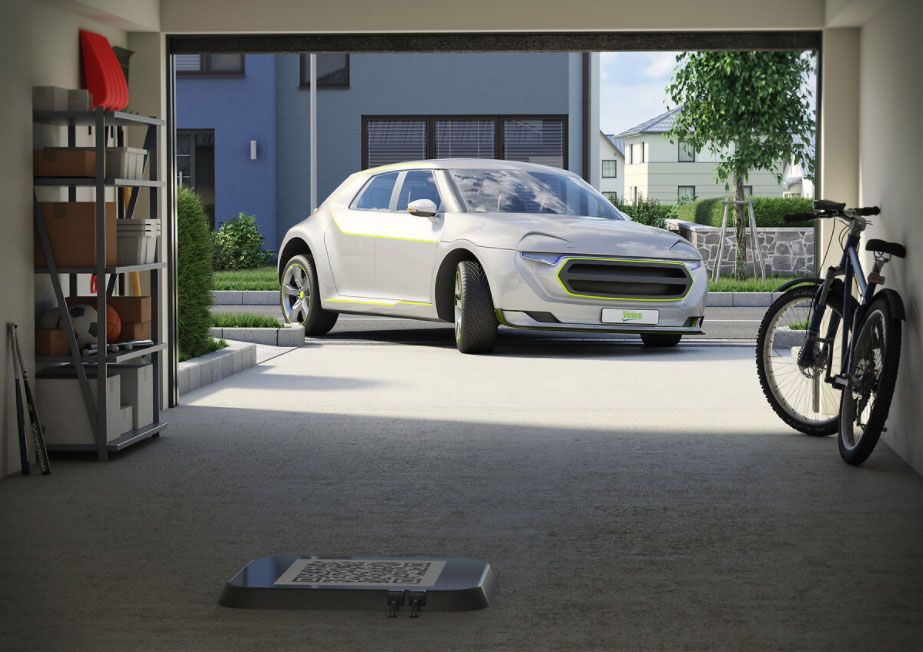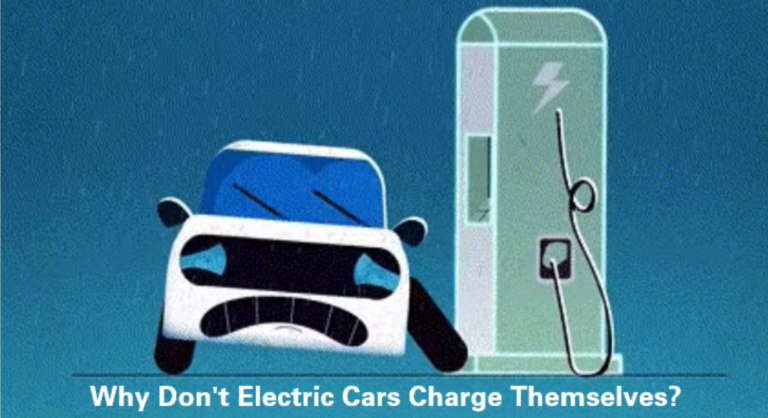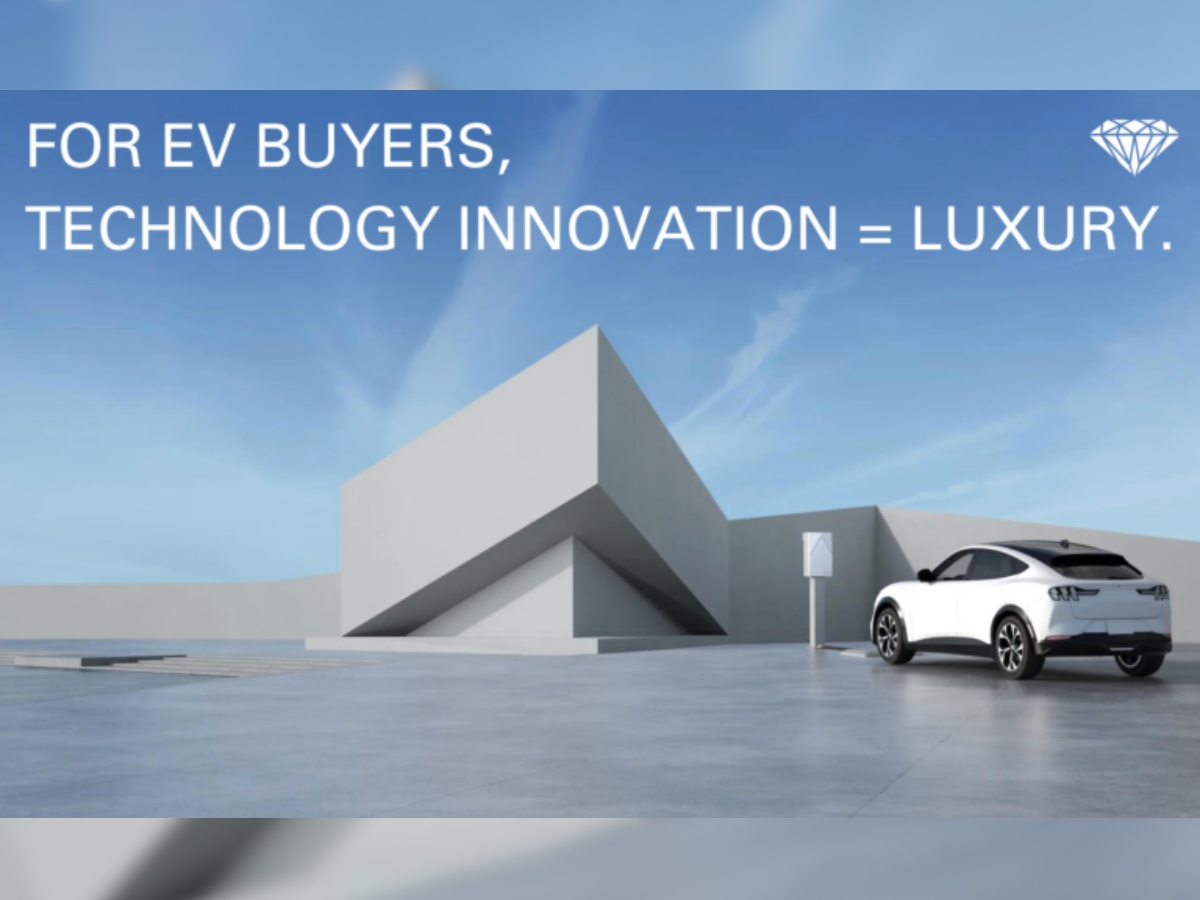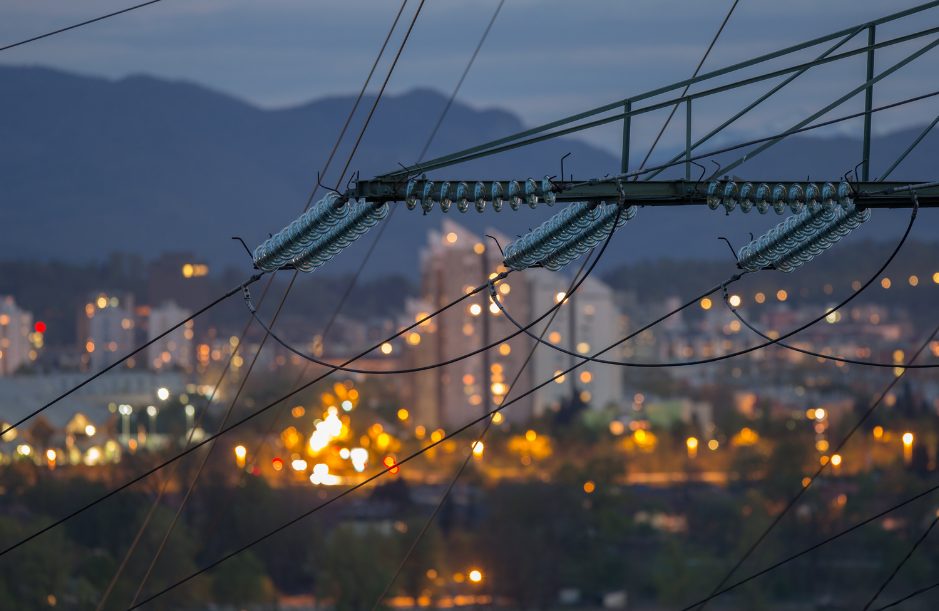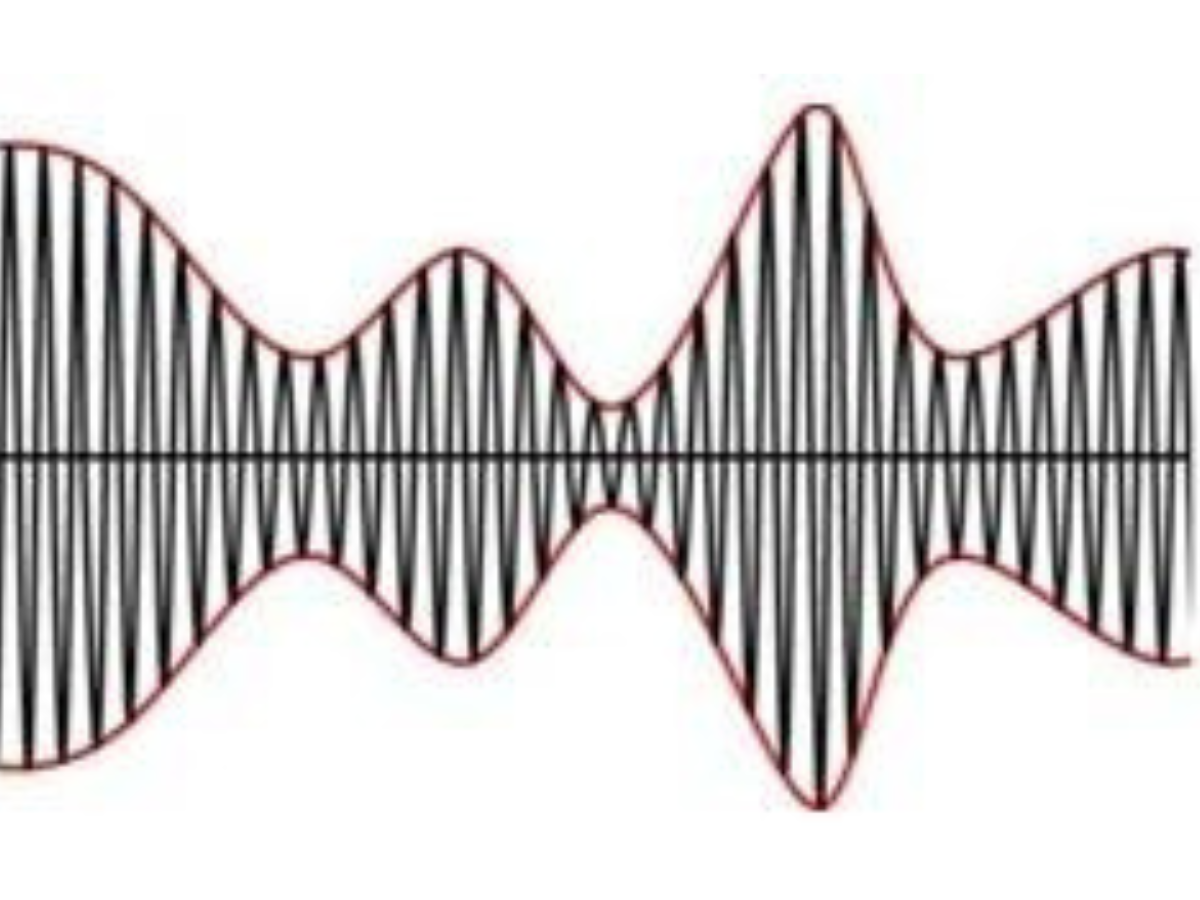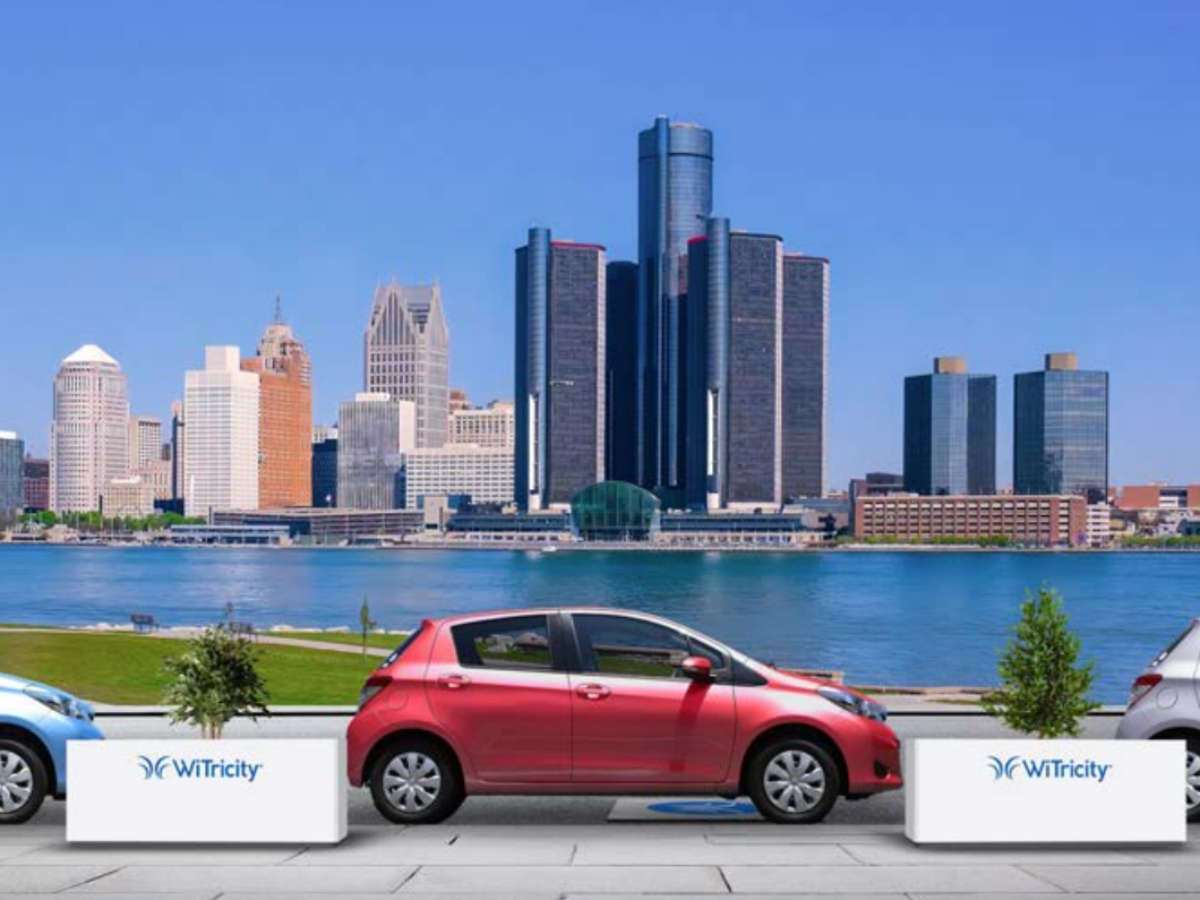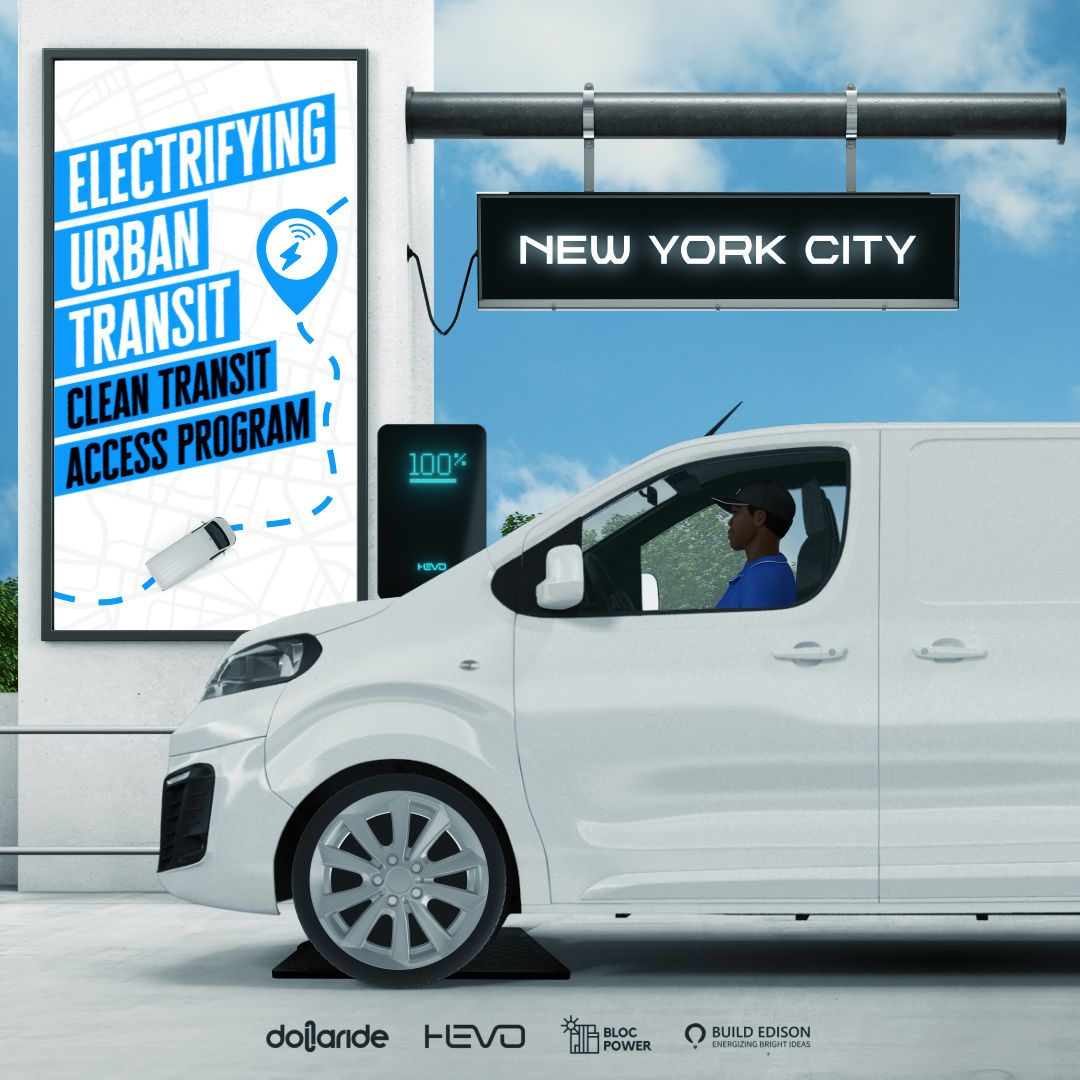Twelve months ago, I made three predictions for how 2022 would be an even bigger year than 2021 for EVs. How’d I do? Here are last year’s picks along with some new electric vehicle and charging related predictions for 2023.
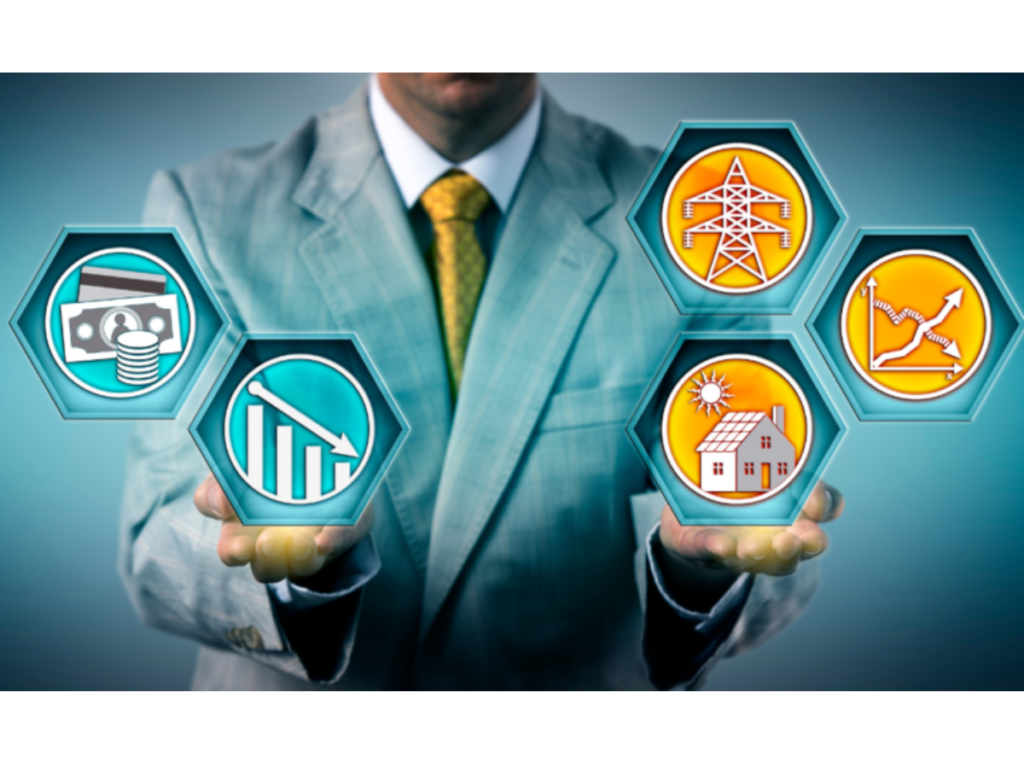
#1 Autonomous Vehicles Will Truly Become Autonomous
I might have been overambitious; everyone is still talking about autonomous vehicles, but It’s hard to know when it will really bear fruit. Tesla’s Full Self-Driving feature has now been released in beta to the approximately 160,000 drivers who have subscribed to the monthly service, so I’ll give myself some credit there. However, safety continues to be a concern. You can take an autonomous ride hail in San Francisco. Score: 5/10, partial credit.
#2 We’ll Stop Talking Out of Both Sides of Our Mouths on Fast Charging
Well, that hasn’t come true yet. I predicted that we’d start to come around to building the infrastructure that makes sense for the vehicles and the way we use them, not just “translating” the gas pump. It’s going to take us a while to adapt to the changed paradigm of EVs overall, so I’ll back down on this one for another year. Score: 0/10, turns out it was a wish more than a prediction.
#3 Larger Batteries with Longer Ranges Will Stop Being the Holy Grail
I suggested that we’d see more semi-dynamic applications: wireless charging in taxi queues, or at bus stops, to deliver power snacks that extend range without having to build bigger batteries. These charging opportunities are beginning to show up around the world, yet consumers continue to push for – and manufacturers are delivering – larger batteries and longer ranges, as evidenced by the Lucid Air, which claims 695 miles on a single charge. And there’s talk that Aptera Motors will deliver a solar electric car with a 1,000-mile range. I got the semi-dynamic right, but the faster faster/bigger mindset continues to live on. Score: 2/10 still wishing but people will come around on this one.
Now that 2022 is in the rearview mirror, what about 2023 … what’s in our future?
#1 Consumers and Businesses Will Realize How Important V2G Can Be to Helping Reduce Our Energy Demands
V2G got a lot of attention and speculation in 2022, but 2023 will be the year we start to see it in application. We’re still talking paradigm change, so maybe I’m still wishing, but when people realize the role that the big batteries in EVs can play in stabilizing the grid – not just demanding energy – some of the resistance to going electric will fade. For it to take off, though, utilities need to build the infrastructure and incentives. PGE is starting on that here in Northern California, so we’re on a good path.
#2 The Bipartisan Infrastructure Law Will Start to Address the Concerns of Long-Distance Travel
The new law includes $7.5 billion for a national charging network and has a goal of installing 500,000 chargers across America along with a network of fast-charging stations across 53,000 miles of freeways from coast to coast. Level 2 charging won’t be sufficient for those who drive long distances, so getting that network up and maintaining it will be a critical task for advancing EVs.
#3 Electric Vehicles Will Begin to Experience a Shakeout and Not Everyone Will Survive
In addition to established car manufacturers (Ford, GM, VW, Hyundai) bringing electric vehicles to market, the past year has brought Rivian, Polestar, Vinfast, Lucid, ElectraMeccanica, Fisker, and others to the forefront. Not all these companies will survive. And how many will actually be profitable? I’m not naming names, but somebody isn’t going to make it.
This article was originally published by WiTricity.



